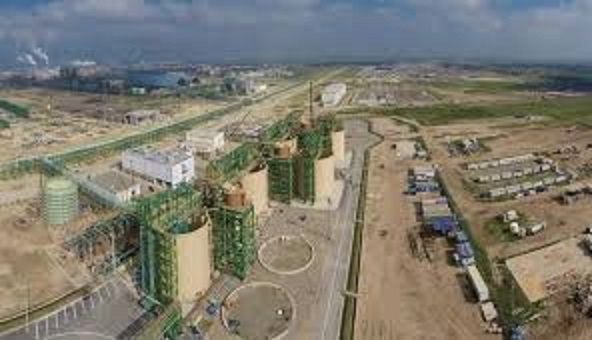Morocco embarked on measure to reforms it economic through the development of competitive industries and diversifying its trading partners.
The country aims to trigger growth for its economy away from dependence on agriculture, phosphates and tourism.
Agriculture weights about 15% of the Moroccan economy making the amount of rainfall key to influence economic performance.
Last year, cereals output was 10.3 million tons helping the country save some of its hard-won foreign currency. This year, however, yield is expected to shrink to 6.4 million tons.
However, growth in non-agricultural sector is on its way to offset the volatility of agricultural production, which often depends on climatic conditions.
The industrialization strategy followed by the country has created an enabling environment for emerging sectors to become export engines.
The industrial acceleration plan, launched in 2014, is on its way to hit the target of increasing the contribution of industry to 20% of GDP by 2020, from 14% in 2014.
The plan has already met 81% of its goal to create 500,000 employment opportunities as international giants continue to invest in Morocco’s industrial ecosystems that aim at integrating the value chains and the consolidation of the local relations between big firms and SMEs.
This approach is meant to facilitate technology transfers as well as further business integration to improve quality and productivity.
Some of the most remarkable results were posted by the car industry as Morocco became in 2018 Africa’s largest car exporter.
The country is also a platform for aeronautical industry and phosphates-related industries.
More




